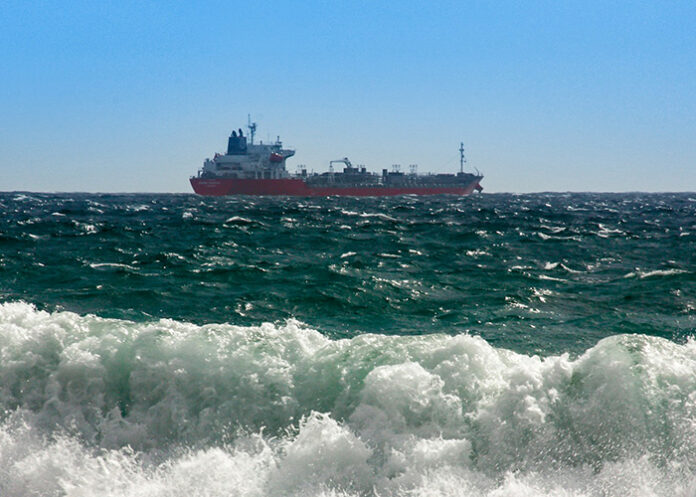As a burning tanker threatened an environmental disaster in the Red Sea, U.S. forces on Sept. 2 said they destroyed Houthi drones and missiles during several days of sustained attacks in the region.
Tankers around the Gulf of Aden and Red Sea have reported attacks by drones or unmanned small ships. The Houthis claim to have targeted 177 ships since November, when attacks began in protest of Israel’s actions in Gaza.
The Houthi aggression in the Gulf has decreased shipping by 90%, per a U.S. Defense Intelligence Agency report.
With each ship that must go around the Cape of Good Hope to avoid the Gulf of Aden, another $1 million gets added to shipping expenses for fuel, a report said. In total, approximately 12% of global maritime trade has been affected.
Risk of catastrophic spill
Currently, the greatest threat from these attacks is coming from the Greek-owned Sounion suezmax Tanker in the Red Sea. The Sounion is carrying 150,000 tons of oil from Iraq, is badly damaged, and is at risk of leaking oil into the Gulf, according to the International Maritime Organization (IMO).
Iran’s mission to the UN said the Houthis will allow salvage teams to tow the tanker to avoid a massive environmental catastrophe, according to Splash247.com. Still, preventing a disaster is challenging.
“Successful mitigation will require close coordination and active participation of regional states,” says the EU naval force in the region, according to, Splash247.com. “Serious and imminent threat of regional pollution,” still exists, EU’s task force says.
“The risk of an oil spill, posing an extremely serious environmental hazard, remains high and there is widespread concern about the damage such a spill would cause within the region,” says Arsenio Dominguez, secretary-general of the IMO, in an Aug. 28 statement.
“An accident risks leaking four times as much oil as during the 1989 Exxon Valdez oil-tanker spill in Alaska and could become the fifth largest oil spill of all time, according to the International Tanker Owners Pollution Federation,” says The Wall Street Journal.
Fertilizer threat from a sunken ship
Other attacks are threatening the environment in the Red Sea and Gulf of Aden. In February, a ship named Rubymar carrying fertilizer and fuel was sunk.
“Fertilizer can cause algal blooms that result in low-oxygen dead zones that kill off marine life,” Mongabay reported.
The potential impacts of fertilizer and oil spills has caused concern among international humanitarian organizations and environmental conservationists.
“The main risks are fertilizer-catalyzed algal blooms and a sudden release of oil that could reach the nearby Hanish Islands and coastal marine protected zones. These areas are especially sensitive to pollutants, and support the second-longest coral reef on the planet, home to the most heat-resistant corals on Earth,” said Diego Zorrilla, the U.N’s deputy humanitarian coordinator for Yemen.
The threat to coral reefs adds to worries for the local Yemeni populace, already going through one of the worst humanitarian crises in the world today. Now the people of Yemen could have to fight an ecological disaster caused by the group that controls their country.



